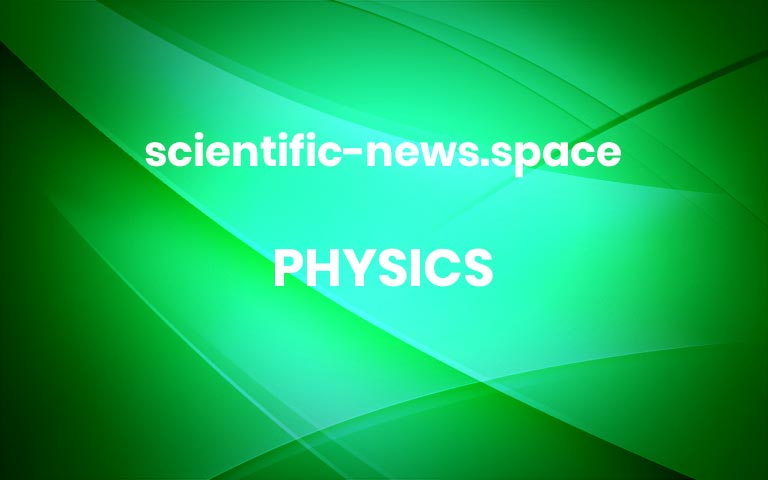This new AI can spot solar storms days before they strike
Scientists at NYU Abu Dhabi (NYUAD) have developed an artificial intelligence (AI) model that can forecast solar wind speeds up to four days in advance, significantly more accurately than current methods. The study is published in The Astrophysical Journal Supplement Series.
Solar wind is a continuous stream of charged particles released by the Sun. When these particles speed up, they can cause “space weather” events that disrupt Earth’s atmosphere and drag satellites out of orbit, damage their electrons, and interfere with power grids. In 2022, a strong solar wind event caused SpaceX to lose 40 Starlink satellites, showing the urgent need for better forecasting.
The NYUAD team, led by Postdoctoral Associate Dattaraj Dhuri and Co-Principal Investigator at the Center for Space Science (CASS) Shravan Hanasoge, trained their AI model using high-resolution ultraviolet (UV) images from NASA’s Solar Dynamics Observatory, combined with historical records of solar wind. Instead of analyzing text, like today’s popular AI language models, the system analyzes images of the Sun to identify patterns linked to solar wind changes. The result is a 45 percent improvement in forecast accuracy compared to current operational models, and a 20 percent improvement over previous AI-based approaches.
“This is a major step forward in protecting the satellites, navigation systems, and power infrastructure that modern life depends on,” said Dhuri, lead author of the study. “By combining advanced AI with solar observations, we can give early warnings that help safeguard critical technology on Earth and in space.”
The breakthrough demonstrates how AI can solve one of space science’s toughest challenges: predicting the solar wind. With more reliable forecasts, scientists and engineers can better prepare for space weather events, strengthening resilience against disruptions to critical infrastructure.
NYU Abu Dhabi has established more than 90 faculty labs and projects, producing over 9,200 internationally recognized research publications. Times Higher Education ranks NYU among the world’s top 35 universities, making NYUAD the highest globally ranked university in the UAE. More




